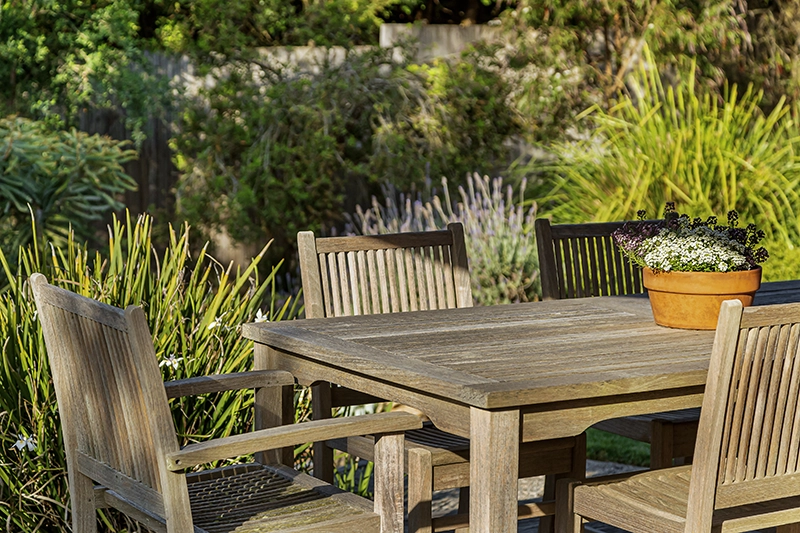Refinishing furniture is a rewarding process that can breathe new life into old, worn pieces, transforming them into stunning focal points in your home.
Whether you’re planning to repaint an old dresser, stain a coffee table, or give a new finish to a set of wooden chairs, the success of your project largely depends on one crucial step: sanding.
Proper sanding is the foundation of any refinishing project, ensuring that the surface is smooth, clean, and ready to accept paint or stain.
At Abirang Powder Coating, we emphasize the importance of this step to ensure the best results for your refinishing projects.

Why Sanding is Essential
Sanding serves several important functions in the preparation process:
- Smooth Surface: Sanding helps to create a smooth, even surface, which is crucial for both paint and stain to adhere properly. It removes imperfections, old finishes, and surface irregularities.
- Improved Adhesion: A well-sanded surface allows paint or stain to penetrate better, ensuring a stronger bond and a more durable finish.
- Surface Cleaning: Sanding removes dust, dirt, and other contaminants that could interfere with the adhesion and appearance of the new finish.
If you skip sanding, you risk several issues that can compromise your project. Paint or stain applied to an unsanded surface may not adhere properly, leading to peeling, chipping, or bubbling over time.
Additionally, contaminants left on the surface can prevent the new finish from bonding correctly, resulting in a finish that is prone to damage and wear. In short, neglecting this crucial step can lead to disappointing and short-lived results, wasting your time and effort.
Steps for Hand Sanding

- Choose the Right Sandpaper: Selecting the appropriate grit is crucial. Start with a coarser grit (e.g., 80-100) to remove old paint or varnish and then move to finer grits (e.g., 150-220) to smooth the surface.
- Preparation: Ensure the area is well-ventilated and wear protective gear, including a mask and goggles. Place the furniture on a heavy-duty plastic sheet to protect the surrounding area.
- Initial Sanding: Begin with a coarse grit sandpaper to remove any existing finish. Sand in the direction of the wood grain to avoid scratches and damage to the wood.
- Smoothing the Surface After the initial sanding, switch to a medium grit (e.g., 150) to smooth out the surface. Continue to sand in the direction of the grain until the wood feels smooth to the touch.
- Final Sanding: For the final pass, use a fine grit sandpaper (e.g., 220) to create a perfectly smooth surface. This step ensures that the paint or stain will go on evenly and adhere well.
- Cleaning the Surface Once sanding is complete, clean the surface thoroughly. Use a vacuum or a tack cloth to remove all dust and debris. For the best results, wipe down the surface with a slightly damp cloth and allow it to dry completely.
Tips for Best Results
- Consistent Pressure: Apply consistent pressure while sanding to avoid creating low spots or uneven surfaces.
- Patience: Take your time. Rushing through the sanding process can result in a subpar finish.
- Quality Tools: Invest in high-quality sandpaper and sanding tools. Cheap materials can wear out quickly and may not provide the best results.
Consider Sand Blasting

While hand sanding is a traditional and effective method for preparing furniture surfaces, sand blasting offers a range of benefits that make it a superior choice for many projects. Here’s why you should consider sand blasting for your next refinishing job:
- Speed and Efficiency: Sand blasting is significantly faster than hand sanding, and requires much less manual labor. It can remove old paint, rust, and other coatings in a fraction of the time, making it ideal for large projects or heavily coated surfaces.
- Uniform Finish: The high-pressure stream of abrasive material ensures a consistent and even finish across the entire surface. This uniformity is difficult to achieve with hand sanding, especially on large or intricate pieces.
At Abirang Powder Coating, our professional sand blasting services ensure your furniture is perfectly prepared for a flawless finish.
Conclusion
Sanding is a crucial step in the furniture refinishing process. Whether you’re tackling a DIY project or seeking professional refinishing services, remember that proper sanding is the foundation of a successful refinishing job.
Our team of experts is dedicated to providing top-notch sanding, painting, and staining services to help you achieve the best possible results for your furniture. Contact us today to learn more about our services and how we can help bring your old furniture back to life.